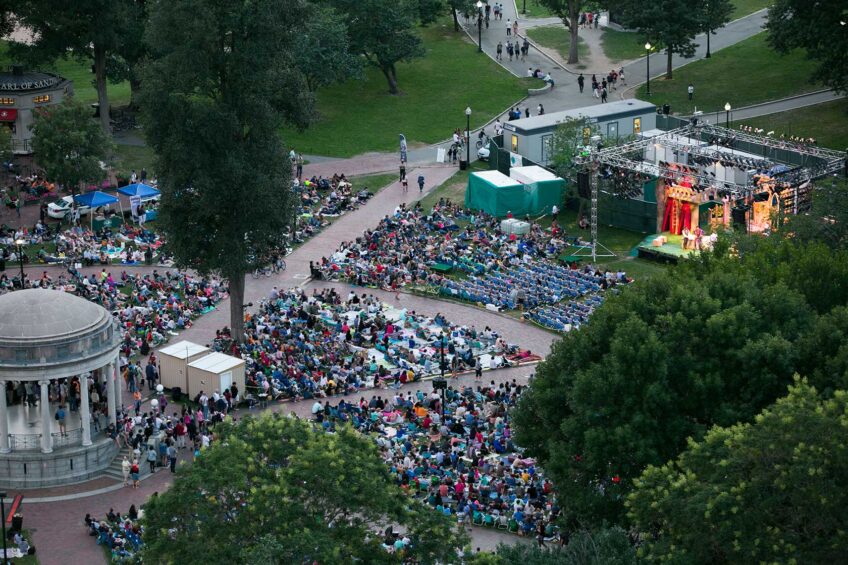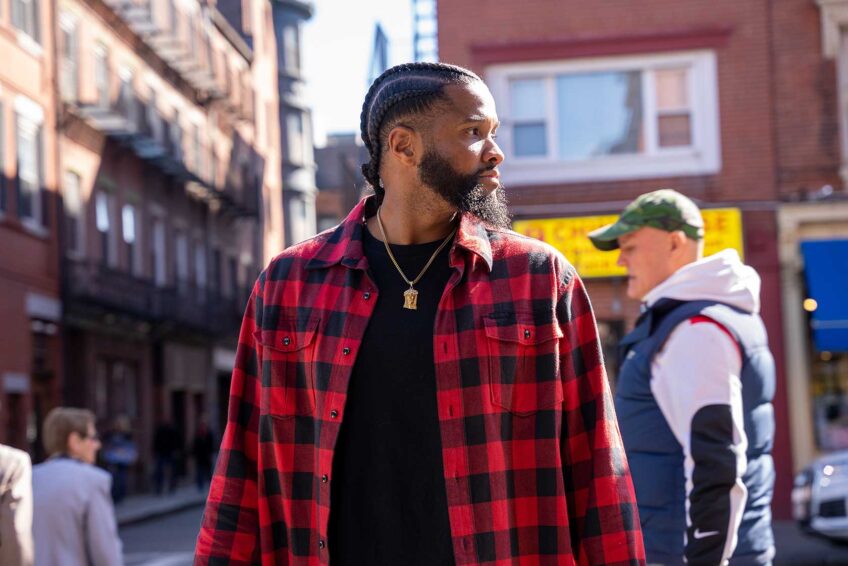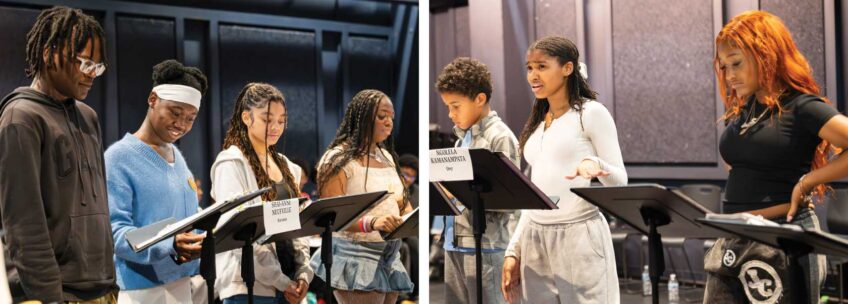
Joan Trumpauer Mulholland was a little girl in the 1950s. When she saw that black people were being treated differently from white people, she promised herself that she would do something to change that. As a teenager, she joined the Civil Rights Movement and protested the injustice she saw around her.
During the 1960s, Joan attended many demonstrations and sit-ins, protested at a Woolworth’s lunch counter and participated in several organized marches, including the March on Washington with Dr. Martin Luther King, Jr.

Author: Photo: Courtesy of MDAHJoan Trumpauer Mulholland’s Freedom Ride mugshot after she came on the train from New Orleans to Jackson with Stokely Carmichael.
On the web
To order a copy of “She Stood for Freedom,” visit: https://www.amazon.com/She-Stood-Freedom-Trumpauer-Mulholland/dp/1629721778?ie=UTF8&redirect=true&tag=thslfofire-20
To order a copy of “She Stood for Freedom,” picture book edition for ages 4 to 8, visit: https://www.amazon.com/She-Stood-Freedom-Trumpauer-Mulholland/dp/162972176X?ie=UTF8&redirect=true&tag=thslfofire-20
Though she was threatened, arrested and mocked, she held true to her promise to make the world a better place for everyone. “Anyone can make a difference,” she says. “It doesn’t matter how old or young you are. Find a problem, get some friends together and go fix it. Remember, you don’t have to change the world … just change your world.”
Here, Mulholland talks about “She Stood for Freedom,” an illustrated biography about her co-written by her son Loki and Angela Fairwell.
How does it feel to have your son, Loki, write a book about you?
Joan Trumpauer Mulholland: It’s his project, and I’m in a supporting role for his efforts to reach young people about what has gone before and to inspire them to shape a better future. What is past is prologue.
What message do you hope people will take away from it?
JTM: That they, too, can make a difference.
What first interested you in the Civil Rights Movement?
JTM: I’d realized since grade school that segregation and prejudice were wrong. This was students my age trying to peacefully change things.
Do you think you might have been a little naive about how difficult it would be to change the minds of white Southerners?
JTM: No. I AM a white Southerner — these were my people. I’d grown up amongst them. I knew how they felt.
How hard was it for you to adhere to SNCC, Dr. King and Gandhi’s philosophy of non-violence in the face of the hostility with which you were met?
JTM: Non-violence was a no-brainer, in keeping with Christianity — “Turn the other cheek,” “Love thy neighbor,” etc. And I’m a Christian. Besides, if you fought back, you were hopelessly outnumbered and could be arrested for assault and battery.
How did you feel when you were imprisoned on death row in Mississippi?
JTM: Death row had great intimidation value, and the guards made sure you knew you were at their mercy — no reporters, lawyers only up from Jackson once a week, and so forth. On the other hand, it was certainly roomier, cleaner, more comfortable than the Hinds County Jail, and the food was better.
What was it like being white but attending a black college and pledging a black sorority?
JTM: I was always a “minority,” so college was nothing new. At first, some of the students were a bit uncertain about me, but when I returned for the second, I was just one of the crowd. Had to eat that old cafeteria food and study like everyone else.






